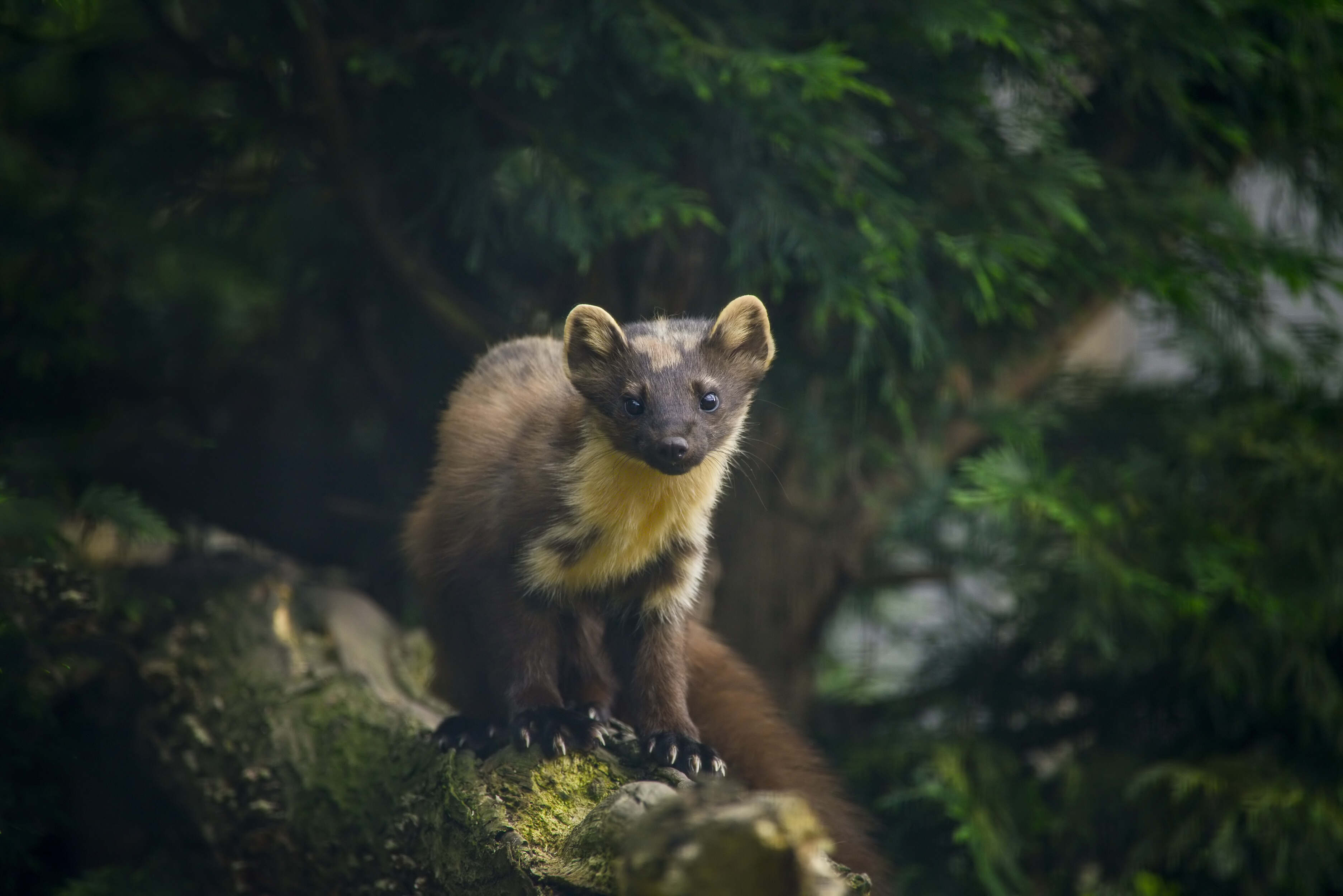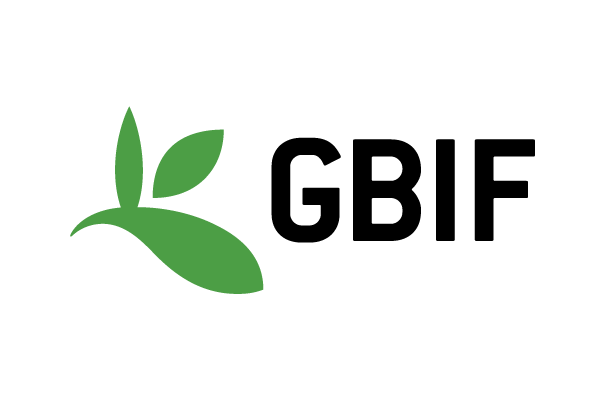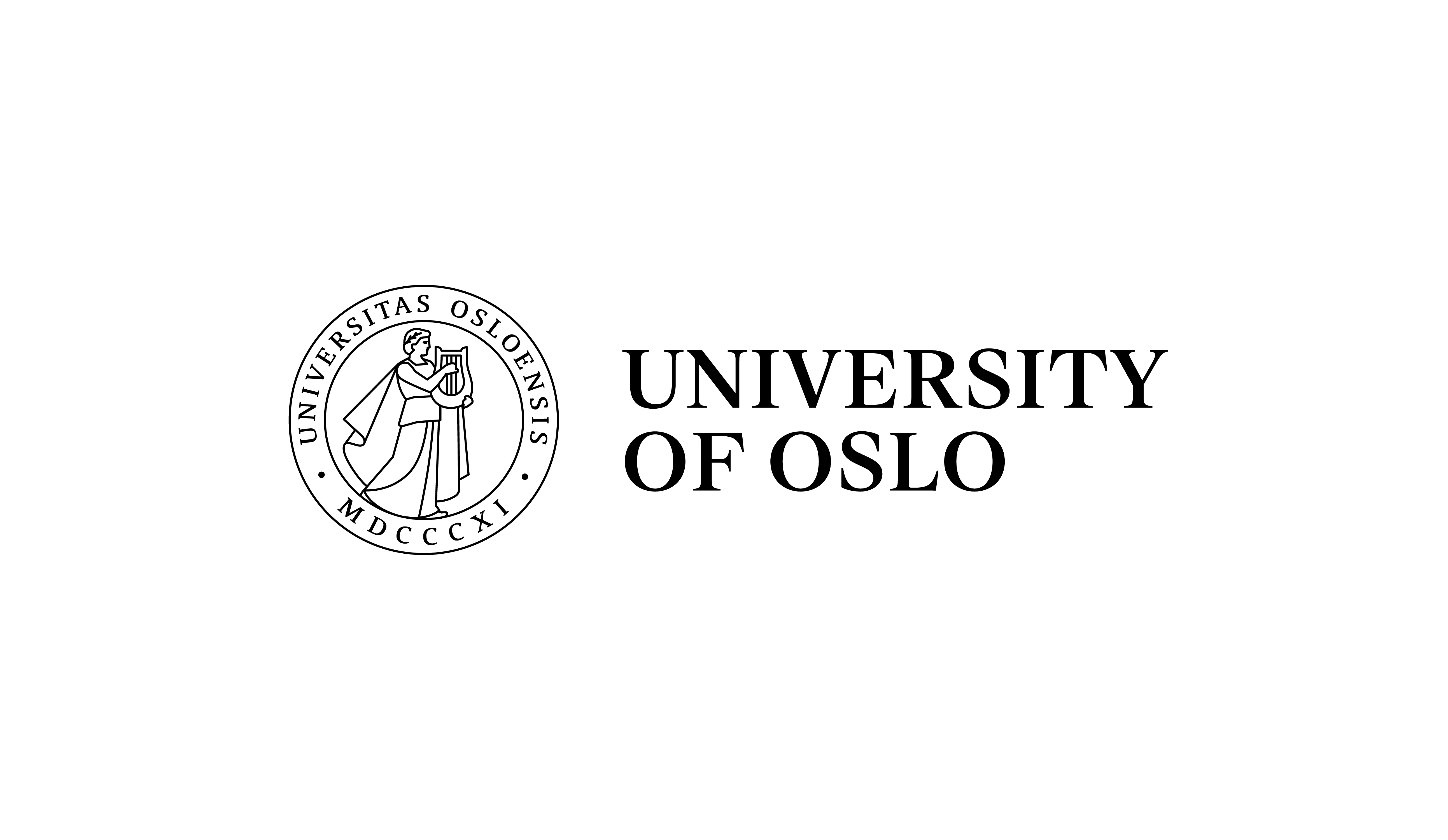
In this page: Digital Twin Model | Resources | Partners
Phylogenetic Diversity
The Prototype Biodiversity Digital Twin (BioDT) for Phylogenetic Diversity (PD) is an advanced modelling tool designed to calculate and visualise biodiversity metrics from global, dynamic data sources. Traditional measures of biodiversity often focus on taxonomic richness, which generally counts the number of species within a geographic area. However, this approach does not capture the evolutionary relationships between species. Phylogenetic diversity metrics address this by for example considering the branch lengths in a phylogenetic tree, offering a comprehensive view of biodiversity that is more comprehensive for effective conservation planning and biodiversity management. This tool aims to facilitate researchers, monitoring initiatives, policy-makers, and the public in understanding and managing biodiversity.
This BioDT pDT leverages the PhyloNext pipeline to integrate global phylogenetic and species occurrence databases, such as the Open Tree of Life (OToL) and the Global Biodiversity Information Facility (GBIF). By significantly reducing computation time and enhancing user interaction, this tool allows for dynamic visualisation and hypothesis testing, making it invaluable for different user groups.
* This prototype digital twin is in early access and intended for research purposes only; do not use for decision-making or operational purposes.

Phylogenetic Diversity and Digital Twin Models
Modelling and Data
The core of the BioDT's modelling capability is the PhyloNext pipeline, which integrates data from both GBIF and the Open Tree of Life to generate PD metrics using the Biodiverse program. Here’s an in-depth look at some of the modelling components:
- Species Occurrence Data from GBIF, these data are standardised according to the Darwin Core Standard, encompassing nearly 3 billion occurrence records.
- Phylogenetic Data from the OToL provides a comprehensive, continuously updated synthetic phylogenetic tree of known species. Users can upload custom phylogenetic trees or use predefined trees from OToL. The pipeline matches species names with GBIF species keys to prepare the phylogenetic data.
- Spatial Binning of species occurrences is used to organise data into manageable geographic units. The Biodiverse Programme calculates an array of diversity metrics for each spatial bin, including PD, which considers the evolutionary relationships among species.
- PhyloNext uses Nextflow to manage tasks and Docker containers to encapsulate software dependencies, facilitating easy installation and scalability across HPC and cloud environments.
Who can use the pDT?
The BioDT interface, based on an improved version of the existing PhyloNext demo, is designed to be both user-friendly and intuitive. The PD pDT users can view results on interactive maps and charts, allowing for exploration and hypothesis testing. Parameter Adjustment tools allow for the fine-tuning of input parameters based on initial outputs to optimise results.
Some examples of users include:
- Researchers who can visualise and explore phylogenetic relationships within taxonomic groups or geographic areas to formulate new hypotheses.
- Monitoring Initiatives can identify areas of focus and visualise the impact of conservation efforts.
- Policy-Makers will be able to evaluate competing conservation proposals and their potential impact on biodiversity.
- This pDT is an accessible tool for citizens interested in natural history and biodiversity.
Phylogenetic diversity captures the richness of life's evolutionary heritage and serves as a powerful proxy for feature diversity, particularly in taxonomic groups where direct trait measurement remains challenging, providing a quantitative foundation for biodiversity assessment beyond simple species counts. Our approach bridges the gap between complex evolutionary data, extensive species occurrence records, and conservation priorities, enabling researchers, monitoring initiatives, and policy makers to evaluate biodiversity patterns and make evidence-based decisions about preserving nature's diversity. - Vladimir Mikryukov, Associate Professor at CMEC


